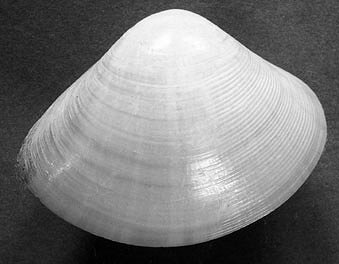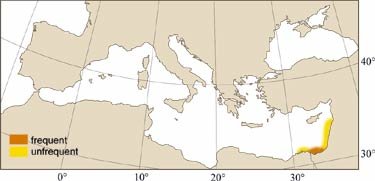
|
Relevant Synonyms
Misidentification
|
|
| photo: W. Engl |
|
SHORT
DESCRIPTION
color :
externally whitish or beige often with dark rays. Escutcheon and lunule dark brown.
common size :
shell to 60 mm. |
DISTINGUISHING CHARACTERISTICS
BIOLOGY / ECOLOGY
habitat :
littoral and sublittoral sands. |
|
1st
Mediterranean record
|

|
|
DISTRIBUTION
|
ESTABLISHMENT SUCCESS
speculated reasons for success :
|
|
|
MODE OF
INTRODUCTION |
IMPORTANCE TO
HUMANS |
|
KEY
REFERENCES
|
|
|
 Mactra isthmia Jousseaume, 1888
Mactra isthmia Jousseaume, 1888